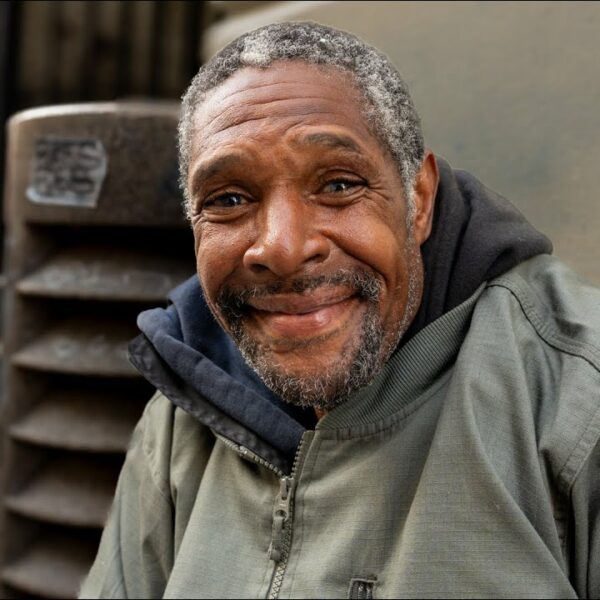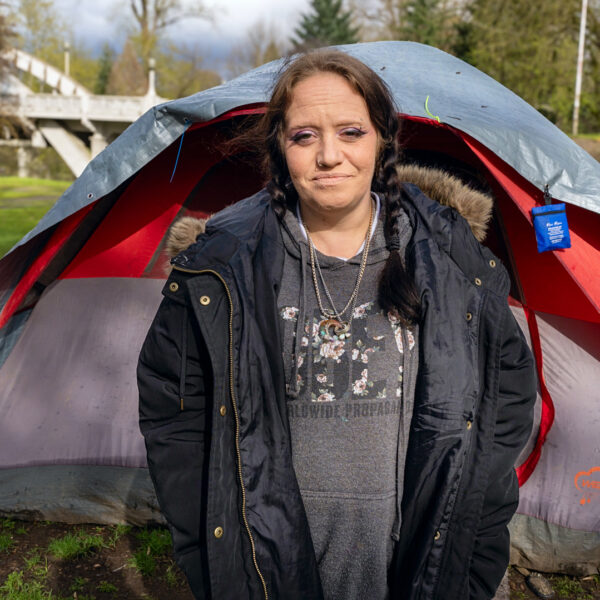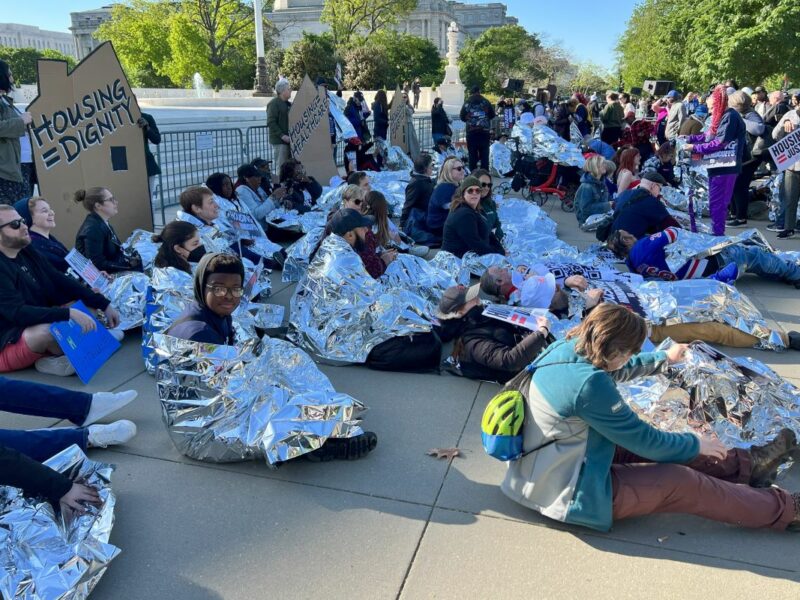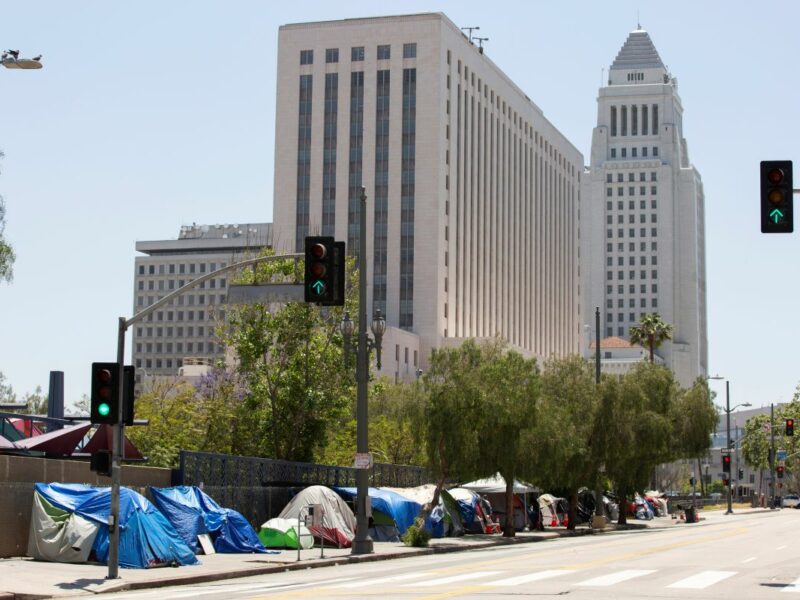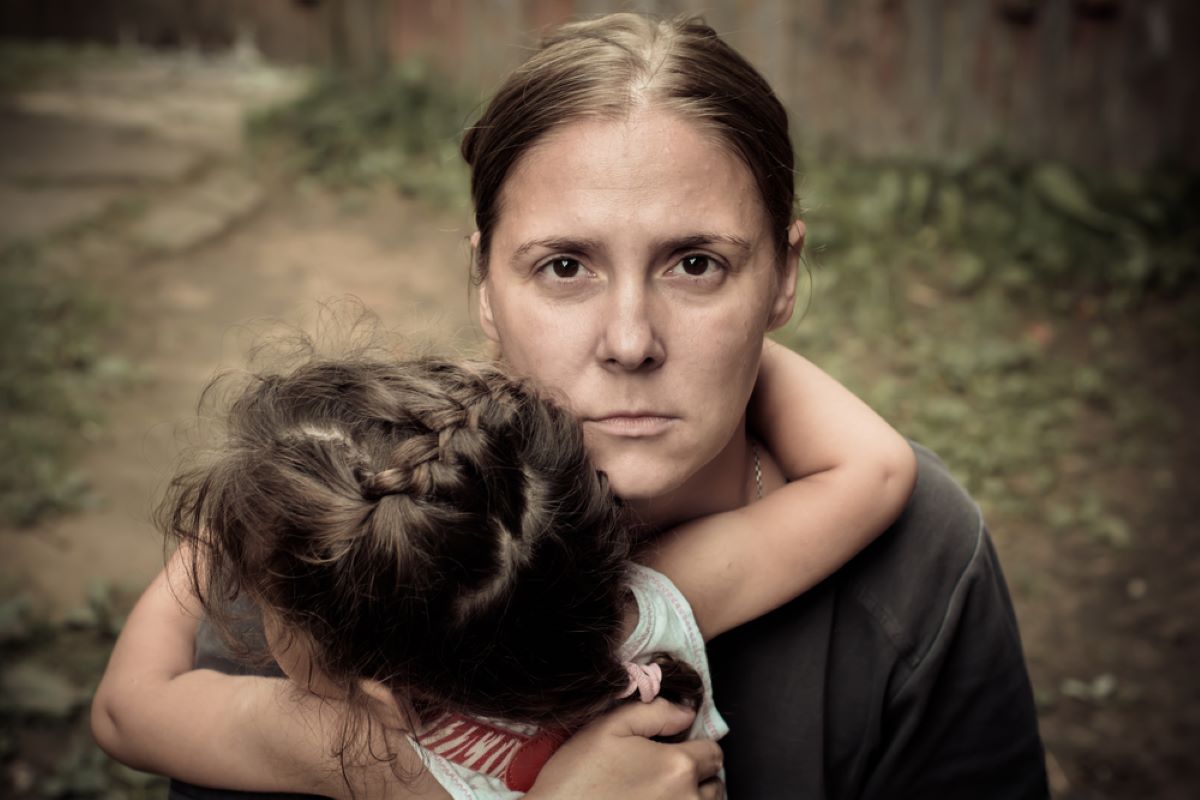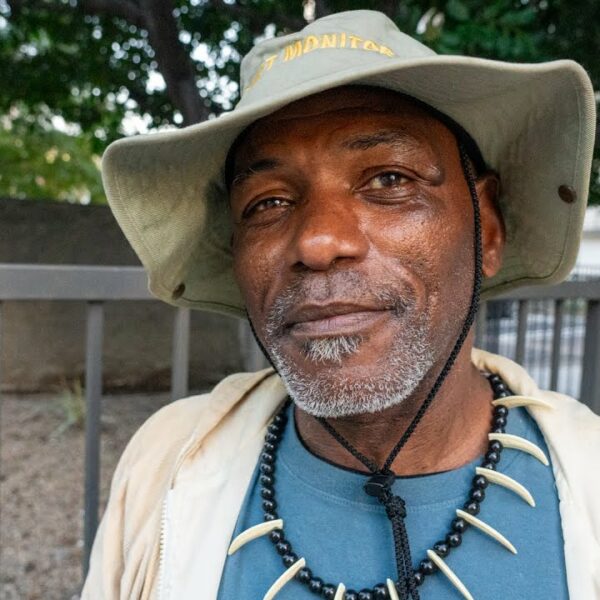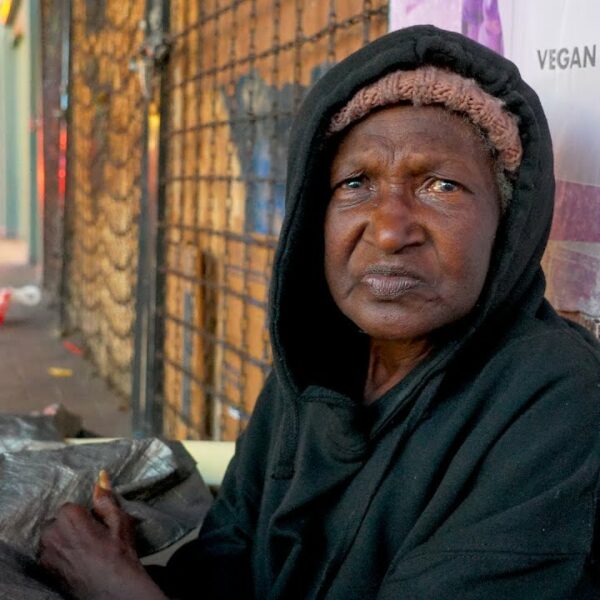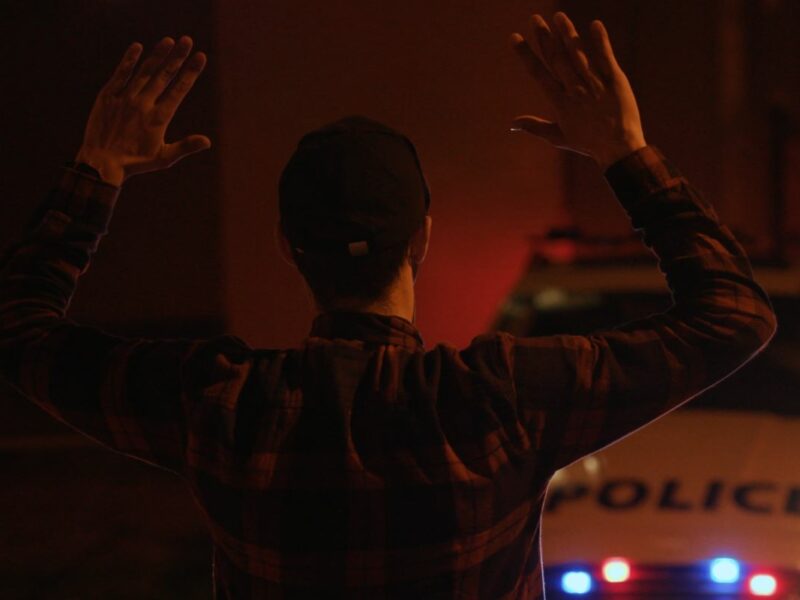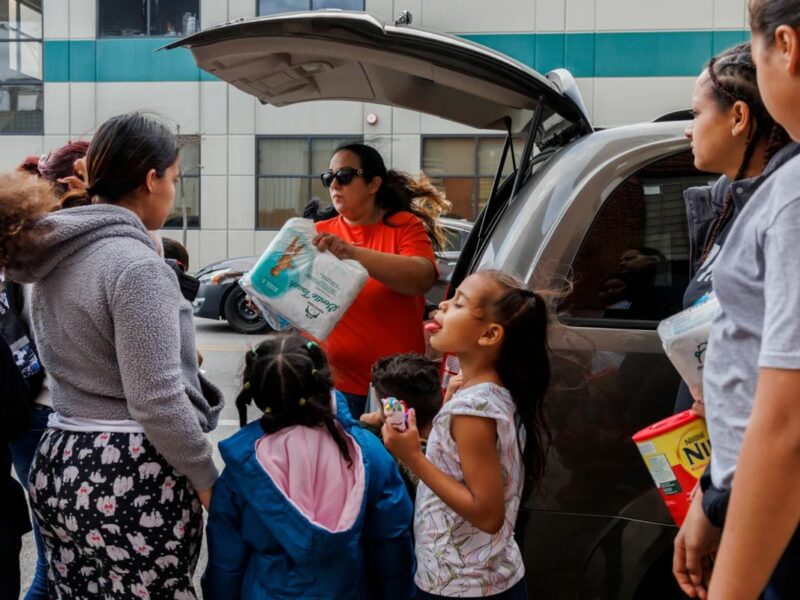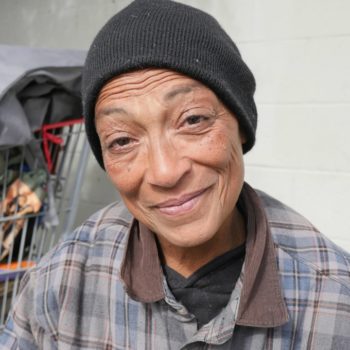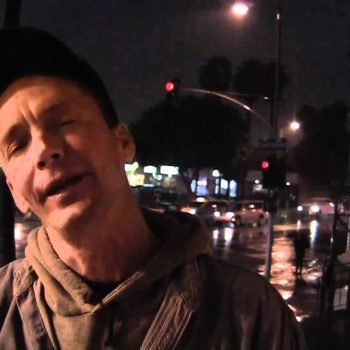Can you see her? What about him? She is right in front of you. He’s over there. Sitting in the car seat next to you. Across the dining room table. A few pews ahead of you during worship. At the PTA evening meeting in the school cafeteria.
They are right in front of you if you haven’t noticed. They are the people in your life who are at risk of being homeless.
Seriously.
Years ago, when I first became the leader of a homeless organization, I used to speak to community groups with a simple message, “It could happen to you. For by the grace of God you could be on the streets.”
Some people would shake their heads in agreement, but in their hearts, hidden behind a secure job, a comprehensive health plan, and a generous pension, they never really believed they would be homeless. Besides, they knew no one in their lives who was living on the streets.
But then the Great Recession battered our country. Hard-working families once secure in their well-paid jobs, homeowners who had never missed a mortgage payment in their lives, and college graduates who used to have a plethora of employment opportunities were hit the hardest.
That once stereotypical image of a “homeless person” — a dirty, inebriated man standing on Skid Row shouting at imaginary ghosts — was shattered.
People, like you and me, were falling through the cracks of America’s social safety net. They were ending up sleeping on a friend’s sofa, in an Aunt’s backyard garage, in a car. On the streets.
Can you see them now?
For years, now, I receive cryptic phone calls, or Facebook messages, or emails, from someone in my past. “Joel, do you remember me? Do you think we could talk sometime?”
A phone call from the single mother of one of my children’s school friends who I hadn’t seen for 10 years. She lost her job as a successful and well-paid executive assistant. She and her kids were living in a temporary motel room at the time of the call and didn’t know where to go after her money ran out.
A message from a private email of the head of a government department looking for help for his son who had been roaming the streets of Hollywood. Frustration, exasperation, and a little bit of embarrassment seeped through his message.
A voice message from my childhood pastor in need of assistance for a parishioner’s son who had been struggling with mental health issues and in need of shelter. His upper-middle-class family went through considerable lengths to help, only to figure out that none of their resources — other than calling their pastor — would work.
Probably every other month, I receive these pleas for help…
A staff person’s sister spent the last decade in-and-out of rehab and on-and-off the streets.
A political leader’s brother, a veteran of a recent war, living behind a trash dump in an alley.
The spouses of a CEO of another nonprofit agency’s had been battling emotional demons that caused turmoil in their relationship, and homelessness for the spouse.
An old school friend… a board member… an agency donor…
They all have called or messaged me in desperation for a loved one in danger of homelessness or living on the streets. The sighs and hesitations on the phone call, the nervous laughs, and at times tears, revealed their hidden pain.
Who wants to tell the world that a loved one is homeless?
As the leader of a California state-wide community-based organization helping people get off the streets and into a home, I walk the streets of dozens of cities — big and small — seeing people living in tents, RVs, or simply sprawled on the sidewalk.
I used to think they were just people. People that needed help. I never thought seeing a person on the street could become my future. And, honestly, the odds are slim.
But now, after receiving dozens and dozens of desperate pleas for assistance, my perspective has changed. Maybe we don’t think homelessness could happen to us. But America’s worst social crisis in a generation is certainly happening to people around us.
Can you see them now?



